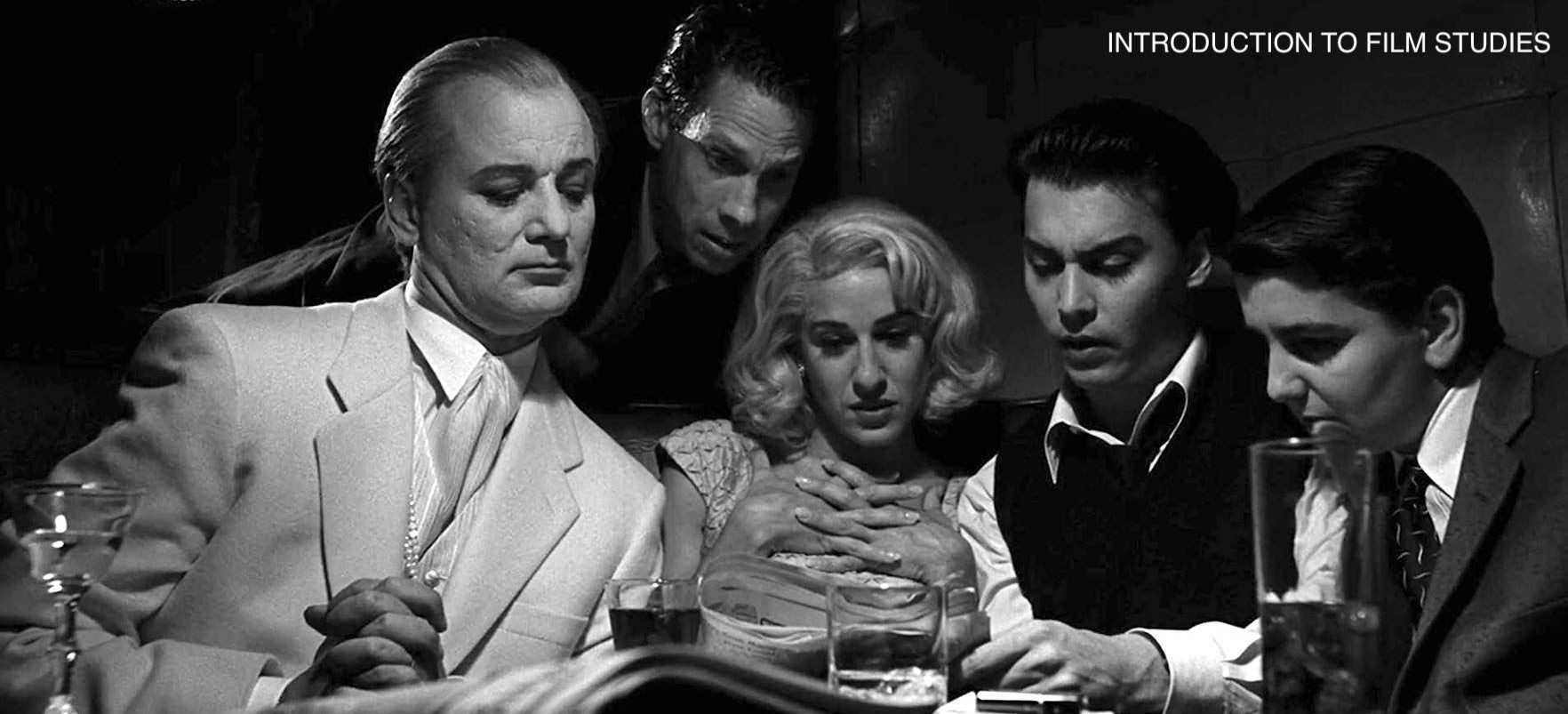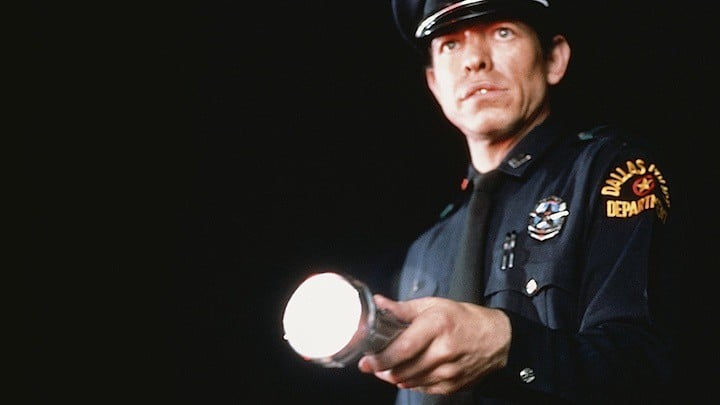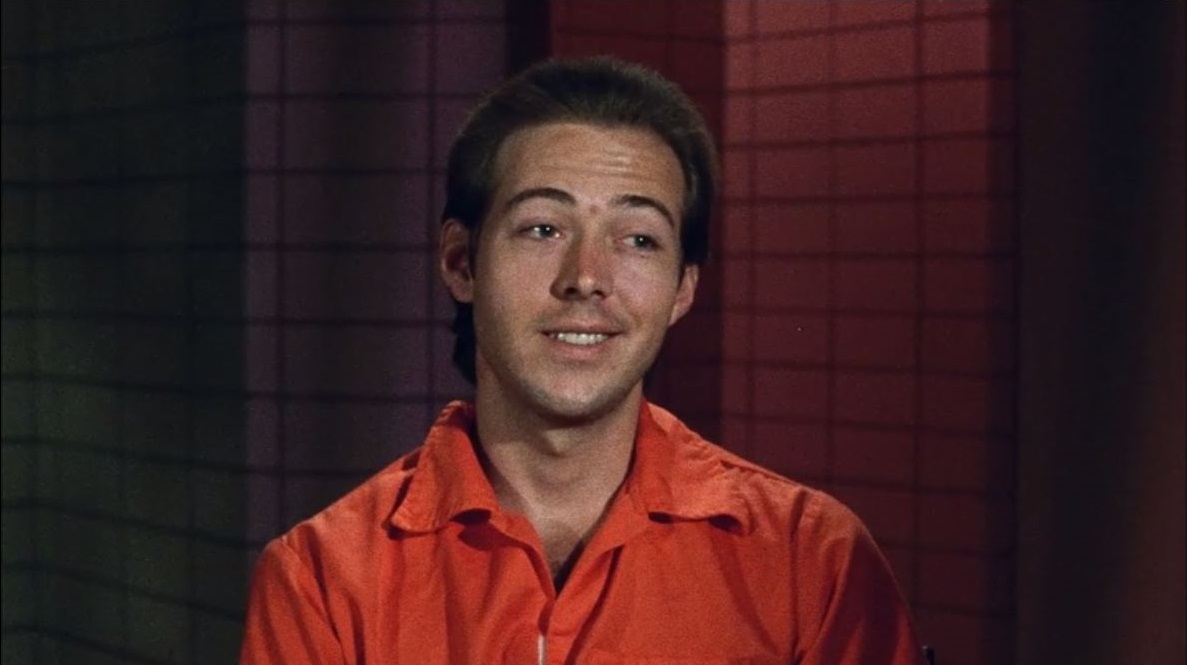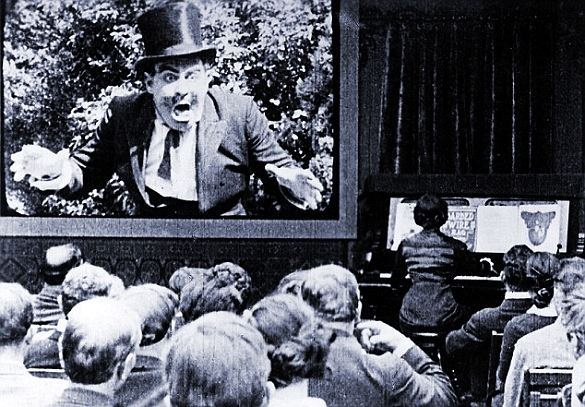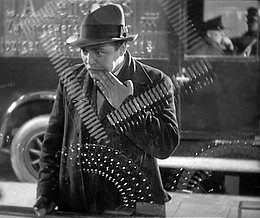There are plenty of people who would be quick to tell you the same old adage: “you couldn’t make a Mel Brooks movie these days”. That’s true, but it’s likely not for the reason they believe.
Auteur theory, the notion that a filmmaker can have a style so distinct that it defines their body of work independent of the studio, that one behind the rotating lines of set designers and prop makers and composers was always one common denominator, is often saved for makers of dramas such as Hitchcock and Kubrick. When the odd comedic filmmaker makes an appearance, on the even rarer occasion that it’s not Woody Allen, it’s always a humorist of a subtle persuasion. But Mel Brooks, molded by years on the Borscht Belt slapstick and crude gags is just as worthy of serious study, as is his cultural legacy. Why can’t just anyone make a Mel Brooks movie?
Born in Brooklyn in 1926, Melvin Kaminsky quickly learned to use humor to cope with life’s hardships, from the early death of his father to his family’s poverty to his own poor health for which he was frequently bullied. Drafted into the army in 1944, Kaminsky spent his service defusing landmines and staging performances to boost troop morale.
Like many young comedians at the time, Kaminsky, now going by his stage name, found work performing resorts in the Catskills, a region jokingly called the “Borscht Belt” due to its historic association with Jewish performers. It was on the Catskills circuit he forged friendships with an array of renowned comics, including Sid Caesar, who hired him for his first television jobs writing for the Admiral Broadway Revue and later Your Show of Shows, the latter of which also featured the writing of Carl Reiner. Both Jewish New Yorkers with a shared sense of humor, Brooks and Reiner collaborated on The 2000 Year Old Man, a semi-improvised comedy sketch that blended innuendo, political jabs and liberal Yinglish to create a work that one can easily recognize as distinctly Brooks. Traces of 2000 Year Old Man’s 10-gags-a-minute style can be seen clearly in Brooks’ feature films, just as the success of Get Smart, his first original television and a comedic lampooning of the James Bond series, paved the way for Brooks to delve further and further into genre parody.
In line with auteur theory, the Mel Brook cinematic oeuvre can be characterized by several shared elements, most notably casting decisions, comedic style and pace, and subject matter, albeit the latter can appear fairly broad at first glance. When considering Mel Brooks’ casting choices, one may first think of Gene Wilder, who appeared in The Producers, Blazing Saddles and Young Frankenstein, the last of which he co-wrote with Brooks himself.
An interesting casting decision Brooks consistently makes is not casting Richard Pryor— although the two comedic contemporaries collaborated on projects like Blazing Saddles in the writer’s room, every role initially considered for Pryor was, for a number of reasons, given to another actor, be it Cleavon Little, Gregory Hines, or Eddy Murphy.
A Mel Brooks cameo is perhaps the best indicator of a Mel Brooks movie, but with the exception of his last feature, Dracula: Dead and Loving It, never in a major role. Brooks consistently prefers depicting characters with brief appearances but memorable gimmicks, perhaps most notably the Yiddish-speaking Native chief in Blazing Saddles, which serves to exacerbate the movie’s purposefully loose grasp of historicity.
Humor, in style, speed, and its relationship with mise en scene is likewise a reliable identifier of a Brooks work.
His comedic style is defined by the rapid pace of his punchlines, crude innuendos and puns laced often with deeper, heavier implications. The label “high-quality low comedy” is one that is well earned.
The humor is never limited to dialogue, how characters interact with their setting is crucial. The bookcase scene in Young Frankenstein combines witty banter with prop comedy, and the legendary ending of Blazing Saddles would not work without the complete destruction of its Spaghetti Western set.
Blazing Saddles, considered by many to be Brooks’ magnum opus, is perhaps most exemplary of the director’s fondness for genre parody, and, furthermore, using parody to create social satire. The shoddiness of the set in Blazing Saddles comments on the artifice of the western genres, and, as is made clear as the brawl continues to the studio lot, the movie industry as a whole. In The Producers, the creation of a deliberately terrible musical parody ultimately highlights the low standards of the audience. Spaceballs’ lambasting of the Star Wars franchise derides the capitalist system that propelled it to success. In Spaceballs, as in Blazing Saddles, slapstick humor and deliberate breaking of the third wall is used to highlight superficiality. Physical comedy is used in a manner that ends up incorporating and deconstructing the set. Brooks will not just break the third wall, he will have his characters pick up its pieces and throw them at one another.
Dracula: Dead and Loving It, although considered by many to be one of Brooks’ weaker movies, utilizes its set and its framing for the same comedic effect as his earlier fare. In Brooks’ introductory scene as Van Helsing, he is performing an autopsy with a small crowd of medical students behind him. The camera focuses on Brooks’ expression, both allowing for physical comedy through facial expressions and allowing the audience to use their imagination to fill in what state the cadaver is in. The only clue we receive comes in the form of a prop intestinal tract, which Brooks nonchalantly pulls into view, causing all the students to faint in disgust. This gross-out is not the scene’s final punchline, however. That would come seconds later, when Brooks, standing alone in a medium shot, proudly declares that he is still standing, only for one student to pop out from behind him and reveal that is not the case. Even in Brooks’ “worst” films, elements of his comedic style, namely the desire to play with audience expectations, remain on full display.
You couldn’t make a Mel Brooks movie today, but that’s not because of higher standards or political correctness gone mad. Mel Brooks is an auteur with a style which, love it or hate it, is fully unique to him. The only person who could make a Mel Brooks movie is Mel Brooks.
References
Breihan, Tom. “Blazing Saddles Punched up-Knocking out Horses and a Racist America in One Swing.” The A.V. Club, November 1, 2019. https://film.avclub.com/blazing-saddles-punched-up-knocking-out-horses-and-a-ra-1839370209.
Bonnstetter, Beth E. “Mel Brooks Meets Kenneth Burke (and Mikhail Bakhtin): Comedy and Burlesque in Satiric Film.” Journal of Film and Video 63, no. 1 (2011): 18-31.
Ott, Brian L., and Bonnstetter, Beth E. “‘We’re at Now, Now’: Spaceballs as Parodic Tourism.” Southern Communication Journal 72, no. 4 (2007): 309–27.
Stevens, Brad. “Mise En Scène: Dead and Loving It… Some Notes on Mel Brooks,” June 9, 2011. https://www.sensesofcinema.com/2000/feature-articles/mise/.
